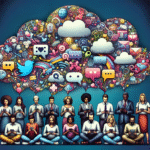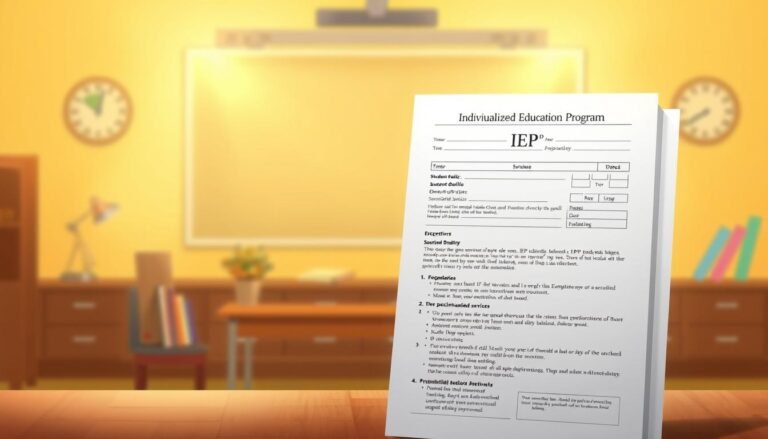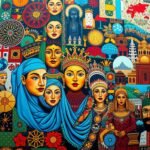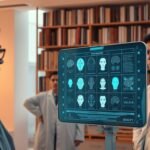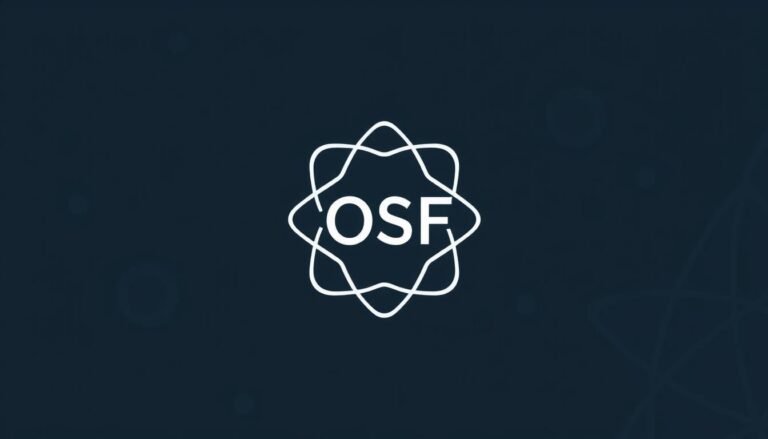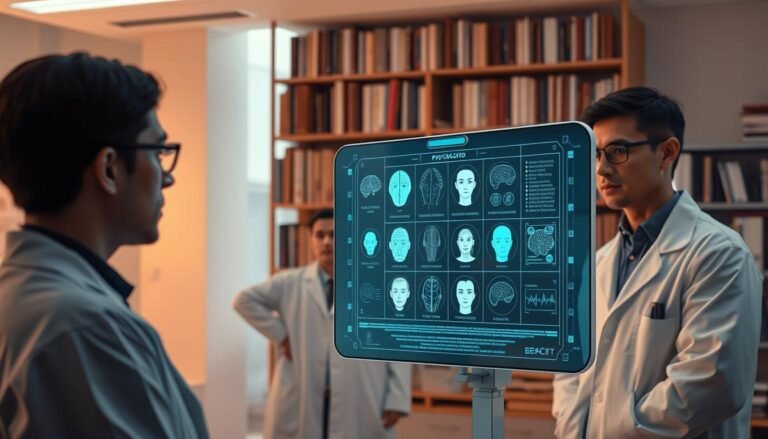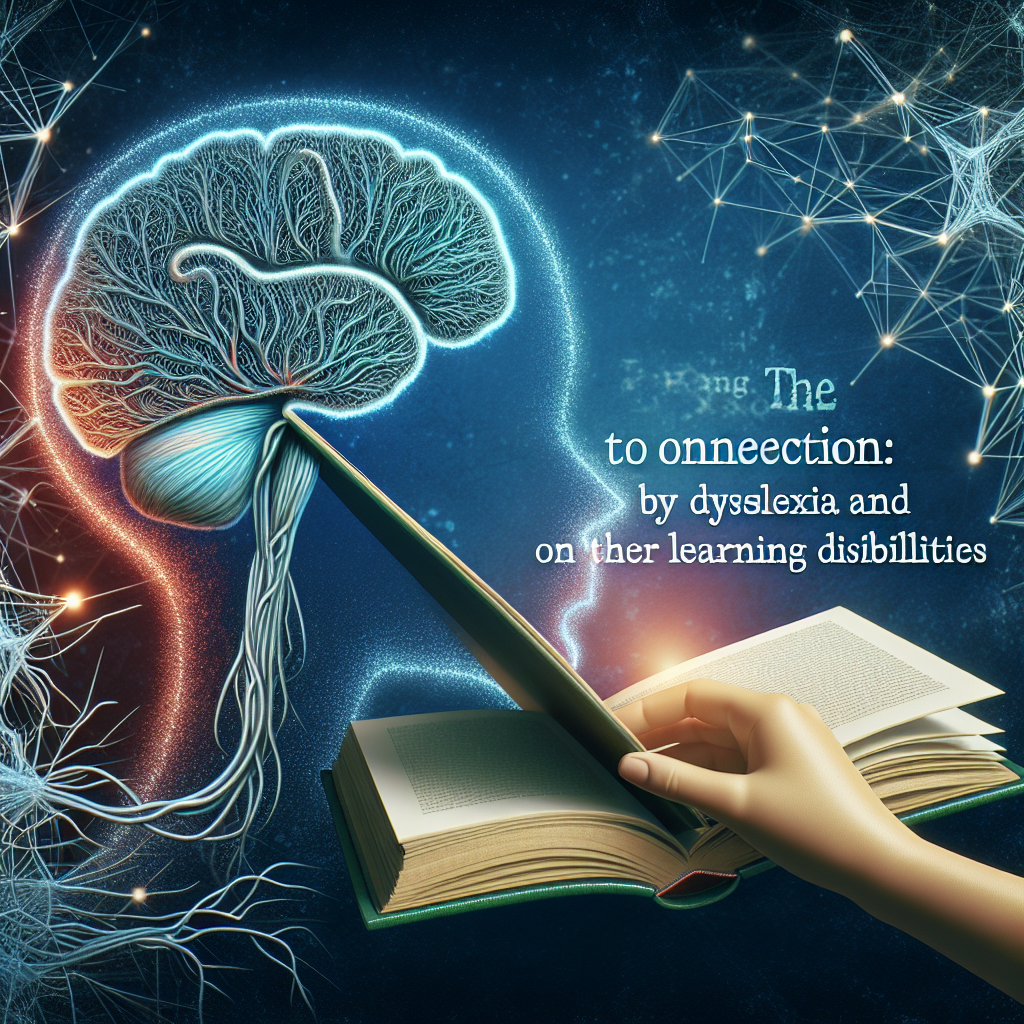
Exploring the Connection: Dyslexia and Other Learning Disabilities—An Essential Guide
Introduction
Imagine navigating a world that appears to have its own set of rules, but you can’t read the instructions. For those with dyslexia and other learning disabilities, this is a daily reality that can foster unique challenges, yet also tremendous resilience. In this article, we will take a deep dive into Exploring the Connection: Dyslexia and Other Learning Disabilities, examining how these conditions overlap, impact individuals, and inform effective educational strategies.
Learning disabilities, including dyslexia, affect millions of people worldwide and often co-occur with other challenges such as ADHD and dyscalculia. Understanding the intricate web linking these conditions is essential for educators, parents, and anyone who is passionate about learning. Let’s explore how dyslexia interacts with other learning disabilities, revealing the broader context of these educational challenges.
Understanding Dyslexia
What is Dyslexia?
Dyslexia is a specific learning disability that primarily affects reading. It is characterized by difficulties in phonological awareness, decoding, and spelling. Contrary to popular myths, dyslexia does not correlate with intelligence; many individuals with dyslexia possess unique cognitive strengths, such as exceptional problem-solving skills and creativity.
Key Symptoms of Dyslexia
| Symptom | Description |
|---|---|
| Difficulty Reading | Problems decoding words and understanding text. |
| Spelling Challenges | Frequent spelling errors, often phonetic. |
| Trouble with Time Management | Difficulty organizing tasks and managing time effectively. |
| Poor Handwriting | Messy or illegible handwriting. |
Case Study: Sarah’s Journey
Sarah, a 10-year-old student, struggled with reading despite exceptional verbal skills. After a comprehensive evaluation, Sarah was diagnosed with dyslexia. She received tailored interventions that incorporated multisensory learning strategies, enabling her to advance in reading over time. Sarah’s story illustrates how early identification and intervention can significantly impact individuals with dyslexia.
Exploring Co-Occurring Learning Disabilities
Dyslexia and ADHD
Attention Deficit Hyperactivity Disorder (ADHD) and dyslexia frequently co-occur. Studies suggest that as many as 30-50% of individuals with dyslexia also have ADHD.
Shared Symptoms
| ADHD Symptom | Dyslexia Symptoms |
|---|---|
| Difficulty concentrating | Trouble focusing on reading tasks. |
| Impulsivity | Inconsistent performance in school-related activities. |
Case Study: Jason’s Dual Struggle
Jason, a high school student, faced challenges with both dyslexia and ADHD. His inattentiveness compounded his reading difficulties. By implementing organizational tools and focusing on time management techniques, Jason improved his academic performance. This case highlights the importance of a dual-support approach for students grappling with multiple learning challenges.
Dyslexia and Dyscalculia
Dyscalculia, a specific learning disability in math, can also co-occur with dyslexia. Students may find themselves struggling with number sense, arithmetic operations, and spatial reasoning.
Shared Challenges
| Dyscalculia Symptom | Dyslexia Symptom |
|---|---|
| Difficulty with math concepts | Trouble understanding math-related text. |
Case Study: Maria’s Math Dilemmas
Maria, diagnosed with both dyslexia and dyscalculia, found it challenging to understand math problems presented in written form. Using visual aids and manipulatives, her math tutor helped Maria visualize concepts, bridging the gap between her reading difficulties and math comprehension. Maria’s experience emphasizes the need for specialized teaching strategies tailored to each individual’s unique challenges.
The Science Behind the Connection
Neurological Insights
Research points to shared neurological pathways that underscore the interconnectedness of dyslexia and other learning disabilities. Brain imaging studies indicate that individuals with dyslexia often exhibit atypical activation patterns in areas crucial for reading, while those with co-occurring disabilities show variations in other cognitive regions as well.
Genetic Factors
Family history studies suggest a genetic predisposition for learning disabilities, indicating that if one sibling has dyslexia, there’s a higher likelihood of another sibling facing similar challenges. Exploring the connections among these disabilities could yield insights into effective interventions.
Effective Strategies for Support
Multisensory Learning Approaches
Using different sensory modalities—visual, auditory, and kinesthetic—can enhance learning. For example, programs like Orton-Gillingham integrate phonics with multisensory activities.
Tailored Instruction
Different learning disabilities require tailored instructional strategies. Here’s how educators can create effective individualized learning plans:
- Assess Individual Strengths: Focus on learning styles and strengths.
- Use Technology: Tools like audiobooks and spell-checkers can provide support.
- Teach Self-Advocacy: Empower individuals to understand their learning needs and communicate them effectively.
Case Study: Lucas’s Success with Technology
Lucas, a college student with dyslexia and ADHD, leveraged technology such as speech-to-text software and digital note-taking applications to manage his workload. This innovative approach enabled Lucas to enhance his organizational skills and academic performance. His success exemplifies how technology can act as a powerful ally in navigating learning disabilities.
Conclusion
Exploring the Connection: Dyslexia and Other Learning Disabilities is not just an academic pursuit; it’s a mission to empower individuals who navigate the complex landscape of learning challenges. Understanding the intersections between dyslexia and other learning disabilities can lead to better support mechanisms, improved educational strategies, and ultimately, greater success for those affected.
We must embrace a holistic perspective that celebrates each individual’s unique journey while advocating for continued research and support. In doing so, we can inspire resilience and foster an environment where every learner can thrive.
FAQs
1. What is dyslexia?
Dyslexia is a specific learning disability characterized by difficulties with accurate and/or fluent word recognition and by poor spelling and decoding abilities.
2. How common is dyslexia?
It is estimated that dyslexia affects approximately 5-10% of the population, although some studies suggest higher prevalence rates.
3. Can dyslexia be cured?
No, dyslexia is a lifelong condition. However, effective interventions can significantly improve reading skills and overall academic performance.
4. How does ADHD affect learning?
ADHD can impact attention span, impulsivity, and organizational skills, complicating the learning process for individuals with other disabilities such as dyslexia.
5. What are some effective teaching strategies for dyslexia?
Multisensory approaches, individualized instruction, and the use of technology can enhance learning experiences for students with dyslexia.
6. Are there any resources available for parents and educators?
Yes, organizations such as the International Dyslexia Association provide educational resources, training, and support for parents and educators working with individuals with learning disabilities.
In this exploration, we have distanced ourselves from stigmas and embraced the nuances that define dyslexia and related learning disabilities. By staying informed and building awareness, we pave the pathway for greater achievements for all learners—one connection at a time.



